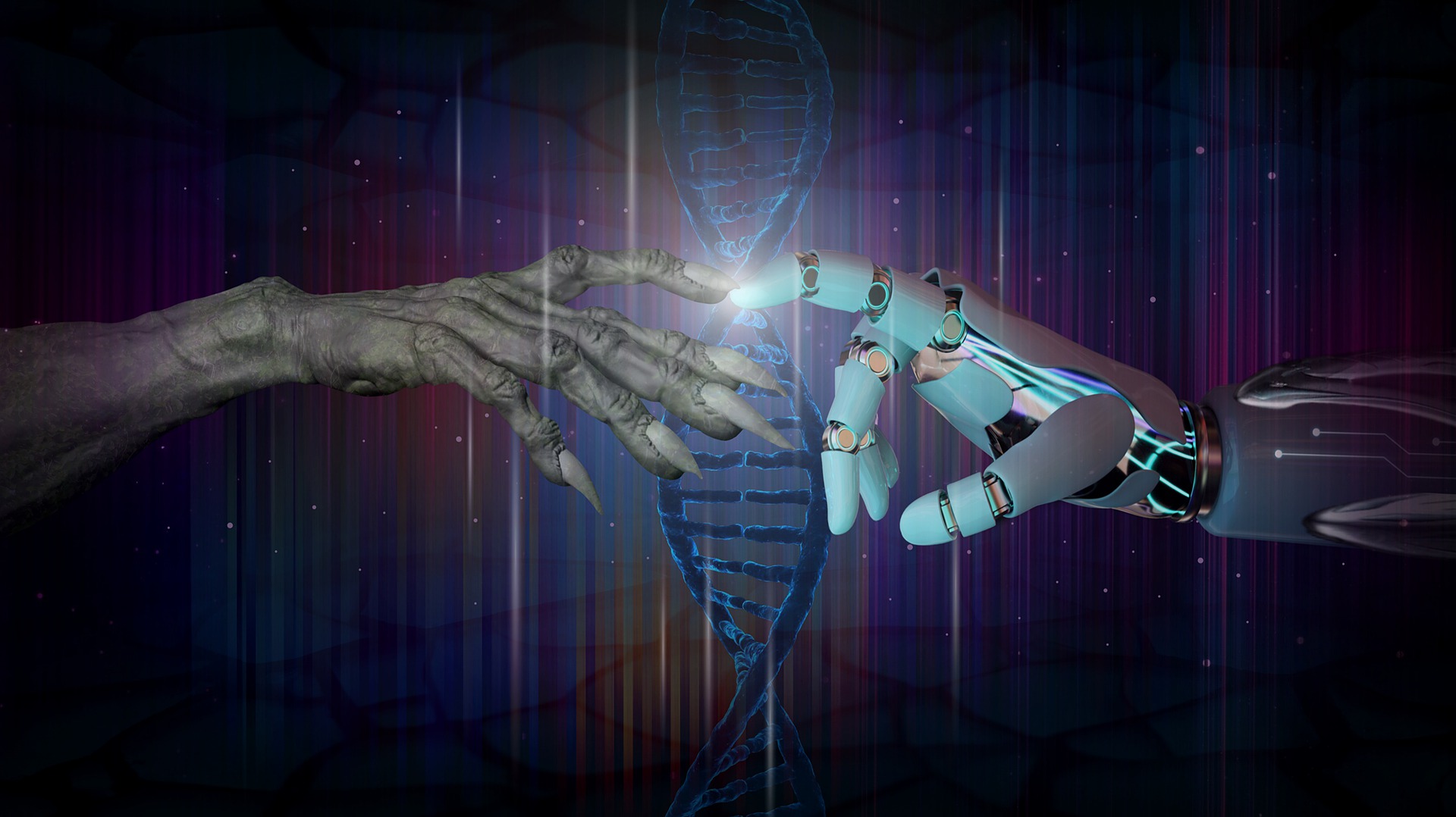News & Research on Psychology | ShareYrHeart
OCD affects brain mechanism which can cause anxiety as per studies
Published
11 months agoon
By
ShareyrheartSummary : OCD affects brain mechanism which can cause anxiety as per studies. Anxiety levels have increased due to the epidemic and its consequences. Obsessive-compulsive spectrum disorder (OCD) is one anxiety-related condition whose causes are yet unknown. In a recent study, researchers gained a new understanding of the role of the brain’s microglia cell type in regulating anxiety-related behaviors in laboratory mice. New strategies for targeted medicines may result from the findings.
Source: University of Utah
The study’s findings demonstrated that, similar to buttons on a gaming controller, certain microglia populations may either activate or suppress anxiety and OCD behaviors. Additionally, microglia and neurons interact to activate the behaviors. The research, which was published in Molecular Psychiatry, may potentially inspire fresh methods for individualized treatments.

Nobel Prize winner Senior author of the study and eminent human genetics professor Mario Capecchi, Ph.D., of the Spencer Fox Eccles School of Medicine at the University of Utah, thinks that some worry is healthy. Anxiety makes us feel confident and gives us energy to keep going. It pushes us to keep moving forward. But we are very worried. They have experienced mental paralysis, a quicker heartbeat, increased sweating, and mental bewilderment.
The newly identified mechanisms could be essential for regulating behavior when conditions are normal. According to Capecchi, in pathological situations, the systems may be to blame for crippling behaviors.
As the study’s lead author and a geneticist and neurologist at U of U Health, Naveen Nagajaran, Ph.D., explains, “This work is unique and has challenged the current dogma about the function of microglia in the brain.”
Changing microglia
Mice exhibiting OCD-like behaviors are unable to stop grooming. They lick themselves so much that welts develop, and their hair falls out as a result. Previously, Capecchi’s team discovered that mice with a Hoxb8 gene mutation exhibited signs of persistent anxiety and overgrooming. Unexpectedly, scientists discovered that a kind of immune cell known as microglia was the source of this behavior. Microglia, which make up 10% of the brain’s cells, were formerly thought of as the organ’s “trash collectors,” who disposed of dead neurons, the most frequent kind of brain cell, and improperly shaped proteins. They were also among the first to uncover the role of Hoxb8 microglia in behavior regulation by interacting with certain neural circuits.
But it was unclear how microglia carried out these duties. To find out more, Nagajaran turned to optogenetics, a procedure that combines laser light with genetic engineering. He used the laser to activate particular populations of microglia in the brain, similar to playing a video game.
To the researchers’ shock, they discovered that they could activate anxiety-related behaviors by just flipping a switch. Anxiety levels in the mice were raised by laser stimulation of Hoxb8 microglia, one subgroup. The mice brushed themselves when the laser stimulated Hoxb8 microglia in different regions of the brain. When Hoxb8 microglia were targeted in yet another location, the mice’s uneasiness increased; they combed themselves more and froze, a sign of dread. Each time the scientists turned the laser off, the behavior stopped.
Conclusion
Nagarajan proceeds, that was an incredible astonishment for them. Usually, people believe that neurons control how we act. The latest research reveals a second mechanism through which microglia in the brain produce behavior. In fact, the microglia activated by the laser caused the neurons nearby to fire more violently, showing that the two cell types interact to produce diverse behaviors.
Additional investigation revealed an additional layer of control offered by a subset of microglia that do not express Hoxb8. Anxiety and OCD-like behaviors did not begin to emerge when “non-Hoxb8” and Hoxb8 microglia were stimulated concurrently. These results demonstrated that the two populations of microglia serve as respective brakes and accelerators. Under normal circumstances, they balance each other out, and when the signals are out of balance, sickness results.000
The research shows that two things about microglia (cells in the brain) are important in controlling anxiety and repetitive behaviors. These things are where the microglia are in the brain and what kind they are. According to Capecchi, microglia then interact with certain neurons and brain circuits to eventually influence behavior. They are interested in finding out more about the interactions between neurons and microglia, he explains. They want to identify the cause or causes of that,” Finding these connections in mice could lead to the development of treatment plans for individuals who experience extreme anxiety.
Source : University of Utah
Reference : Sciencedaily
Image Source : Canva



